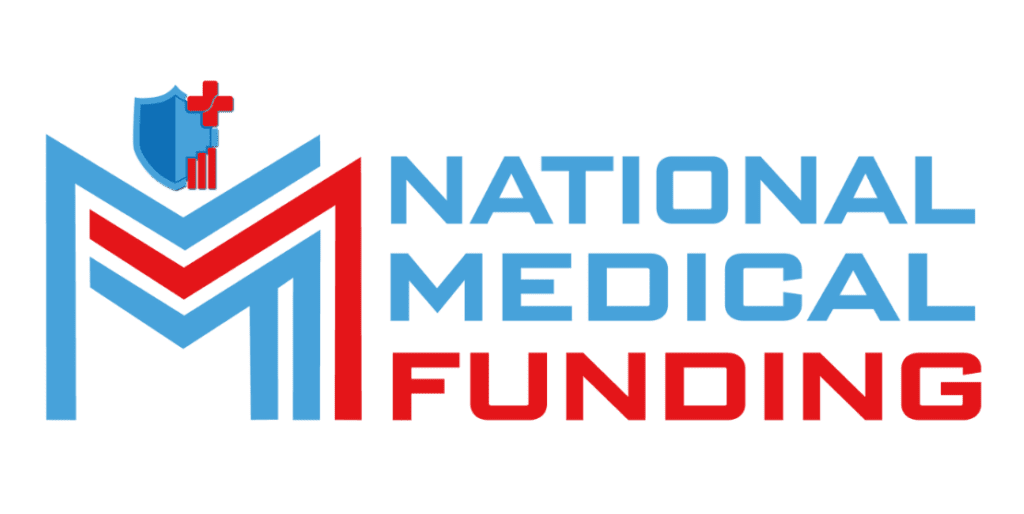
The Smart Practice Manager’s Guide to Using
Seasonal shifts in health care revenue are as real as y...

Saturday and Sunday – CLOSED
support@nationalmedicalfunding.com



In recent years, healthcare has seen a quiet revolution. More and more providers are moving away from insurance-heavy models and embracing Direct Pay or membership-based practices. These approaches give patients clearer pricing, better access, and more control. For providers, the appeal is just as strong: less red tape and more freedom.
But this shift doesn’t come cheap. Transitioning from a traditional model requires investment in new systems, processes, and technologies. That’s where healthcare loans come in. Whether it’s funding patient portals or updating office infrastructure, financing can smooth the path to independence.
Doctors are frustrated. Patients are confused. Insurance paperwork, reimbursement delays, and administrative costs bog down even the most efficient clinics. The traditional fee-for-service model has become unsustainable for many small and mid-sized practices.
Direct Pay changes that by cutting out the middleman. Instead of chasing insurance payments, providers offer clear pricing and often monthly memberships. The benefits are clear—but making the switch requires cash. That’s where healthcare funding solutions step in, helping practices bridge the financial gap during this transformation.
So what exactly needs funding? The list may be longer than you think. Setting up a membership model requires upfront investment in patient management systems, billing software, marketing, legal support, and even renovations to create a more consumer-friendly environment.
These aren’t optional upgrades. They’re foundational. A smart clinic invests in the right tools early on, and healthcare loans make that possible. Need to finance a new EMR or hire a consultant? Loans provide flexibility without draining your practice’s cash reserves.
Estimated Startup Costs for Direct Pay Practices
Item | Estimated Cost Range |
EMR & Patient Portal | $5,000 – $25,000 |
Legal & Compliance Setup | $2,000 – $10,000 |
Marketing & Branding | $3,000 – $15,000 |
Interior Renovations | $10,000 – $50,000 |
Telehealth Setup | $5,000 – $20,000 |
Not all financing is equal. What your practice needs is a lender who understands healthcare. Flexible payment plans, fast approvals, and low documentation requirements are essential when you’re trying to minimize disruption.
Thankfully, National Health Finance options are evolving. Today, tailored healthcare loans offer short-term and long-term packages designed specifically for transitions like these. Whether you’re growing fast or planning cautiously, smart financing lets you move at your own pace.
Comparison: Traditional vs. Smart Healthcare Financing
Feature | Traditional Bank Loan | Smart Healthcare Loan |
Approval Time | Weeks | 24–72 Hours |
Documentation Needed | Extensive | Minimal |
Tailored to Healthcare | No | Yes |
Flexible Repayment Terms | Rare | Common |

Let’s look at what happens when financing is used correctly. A primary care clinic in Florida switched to a membership model with the help of a healthcare loan. They used the funds to upgrade systems, rebrand, and offer telehealth services. Within six months, their patient base grew by 40%.
This isn’t unusual. Many practices featured in National Funding Reviews report similar results. With the right capital in place, Direct Pay practices thrive faster and serve more patients.
Transition periods are tricky. As you move to Direct Pay, your revenue may dip before it grows. Some patients drop off, and it can take months to build a new base. Without financial cushioning, this lull can be devastating.
Loans and lines of credit can keep operations running smoothly. From staff salaries to rent, you need working capital. Learn more about how smart financing helps with short-term needs in our guide: Closing the Gap: How Short-Term Healthcare Loans Solve Practice Cash Flow Crises.
Typical Monthly Expenses for Small Practices
Expense | Average Monthly Cost |
Staff Salaries | $25,000 – $60,000 |
Rent & Utilities | $5,000 – $12,000 |
Supplies & Equipment | $3,000 – $10,000 |
Insurance & Legal | $1,000 – $3,000 |
Once your practice has stabilized, it’s time to think bigger. Long-term financing strategies can help fund advanced care services, wellness programs, or even satellite locations.
The right loan isn’t just a bridge—it’s a springboard. Many providers use financing to expand offerings once they’ve found their stride. This kind of strategic investment isn’t just about keeping the lights on; it’s about building something sustainable.
Read more: Boosting Medical Practice Valuation: How Smart Financing Raises Sale Value Before Exit
Even if you aren’t planning to sell your practice now, it’s smart to think ahead. A profitable, well-run Direct Pay practice has strong market value—but only if it’s built with care.
Financing improvements like patient experience, automation, and reporting tools can all raise valuation. Discover how this works in our in-depth post: Boosting Medical Practice Valuation: How Smart Financing Raises Sale Value Before Exit.
The best Direct Pay practices blend high-touch service with cutting-edge tech. This means integrating AI billing tools, chatbots, and self-service scheduling. These upgrades require both vision and capital.
Read about how technology and financing go hand-in-hand in AI-Driven Billing Meets Smart Financing: The Future of Healthcare Cash Flow. You’ll find tips and trends to future-proof your revenue.

Choosing the right financial partner matters. Look for lenders who offer transparent terms and specialize in healthcare. Read customer stories. Ask questions. Learn from others.
For example, National Funding Reviews consistently highlight personalized service and industry knowledge. When your lender understands your needs, the journey is easier.
Ready to make the leap? Start by auditing your current cash flow and projecting what you’ll need during the shift. Consult with financing experts and ask about healthcare-specific loans.
And remember: You don’t have to go it alone. There are partners ready to help. At National Medical Funding, we specialize in healthcare funding solutions that power practice transformations. Let’s talk about what’s possible.
The future of healthcare is more personal, more direct, and more tech-enabled. But none of this happens without financial support. With the right funding, your practice can thrive outside the insurance box.
Healthcare loans are not just about survival. They’re about building something better for you and your patients. Start today and take control of your practice’s future.
Seasonal shifts in health care revenue are as real as y...
Revenue Management Meets Real-World Practice Reve...

Fuel your medical practice’s growth with financial solutions tailored to your needs. We’re here to support independent practitioners and group practices with strategies built for success.
Mon Fri: 8:00am – 6:00pm
Saturday: Closed
Sunday: Closed
Copyright © 2025 National Medical Funding